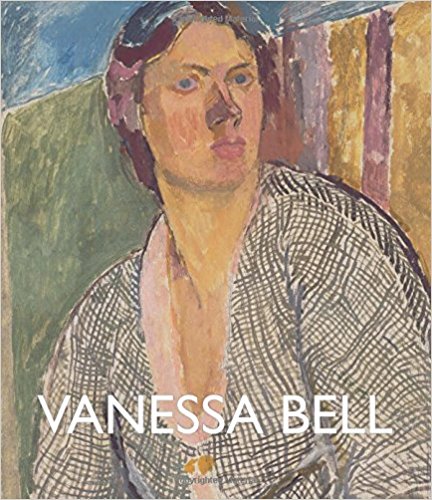Vanessa Bell: Bloomsbury in Sussex
The Charleston Farmhouse, located in East Sussex, served as a refuge from city-living as much as it served as a refuge from war. In October 1916, two years into World War I, Bell sought a place where she, her children, and her lover, Duncan Grant, could settle. As a conscientious objector, Duncan Grant could farm the land and offer his contribution through his exemption from military service. Bell and Grant remained in the home for over forty years.
Over the years, the Bloomsbury group convened here. Just four miles away from Virginia and Leonard Woolf's Monk House, the house served as the social center for tea and discussion in the sitting room and working retreats during the day. For Vanessa Bell's work in particular, Charleston was a place where she could paint and pursue her creative endeavors.
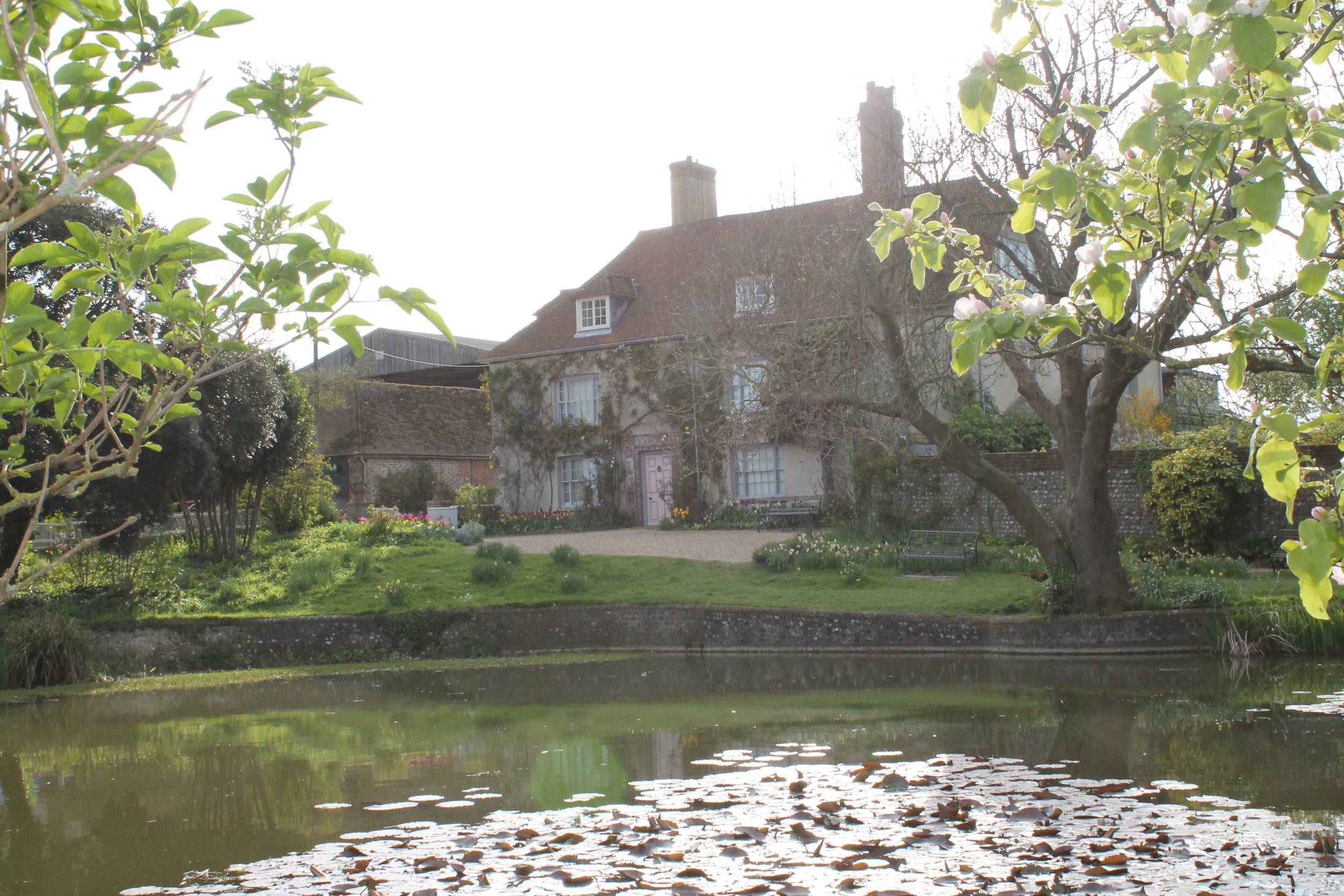

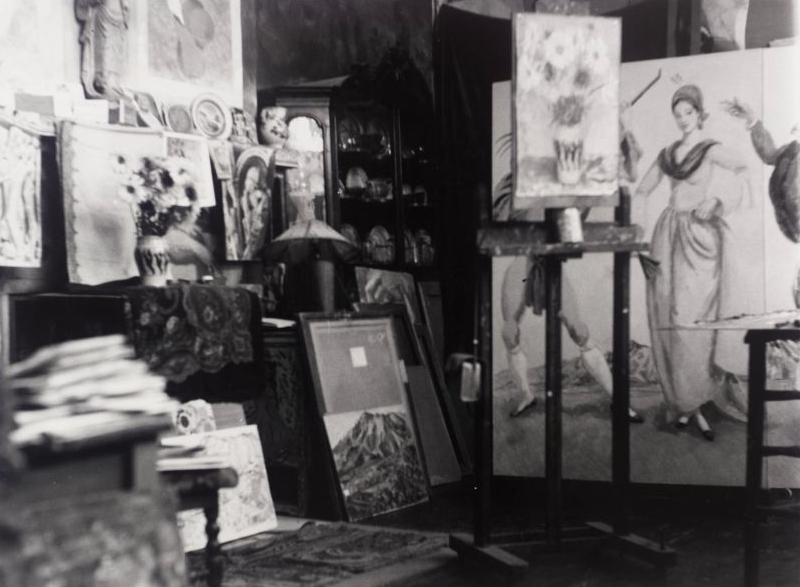
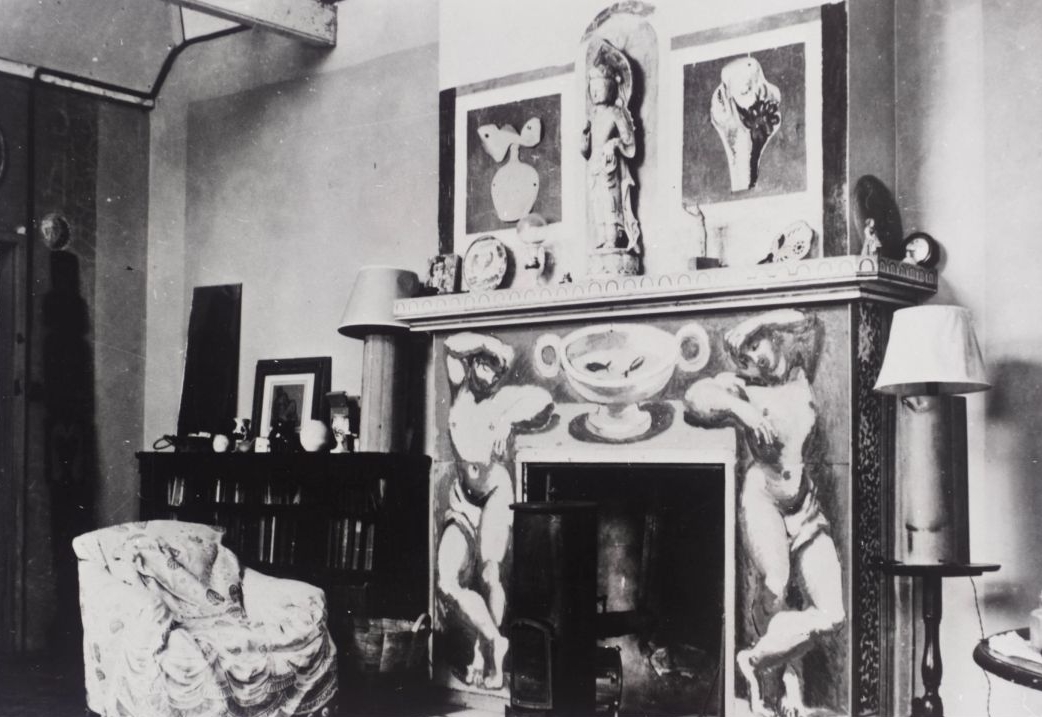
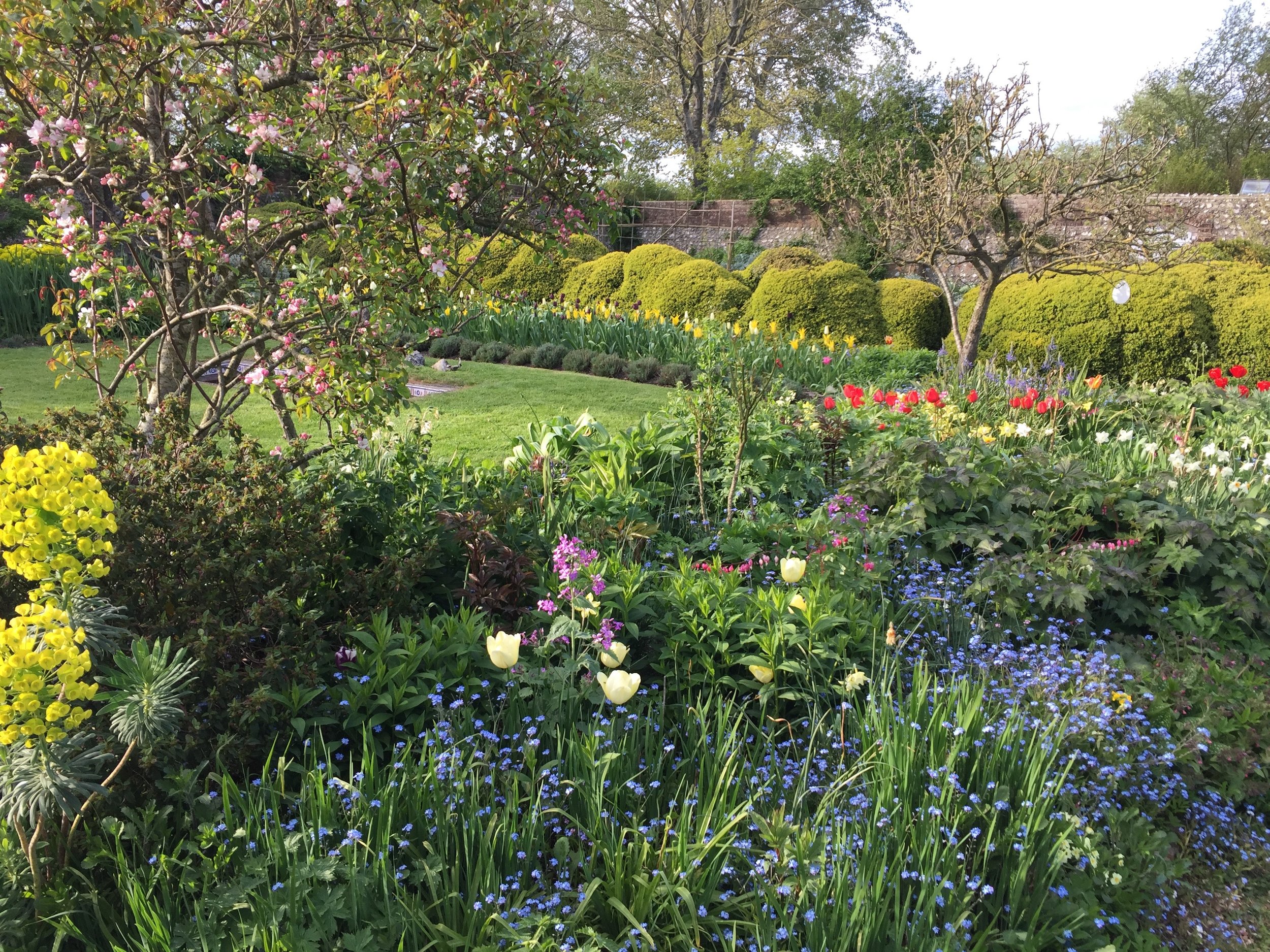
In a letter to Roger Fry (1916) (Tate Archive), Bell describes her early impressions of the Charleston house:
It’s most lovely, very solid & simple, with flat walls in that lovely mixture of brick & flint that they use about here, & perfectly flat windows in the walls & wonderful tiled roofs. The pond is most beautiful with a willow at one side & a stone—or flint—wall edging it all round the garden part, & a little lawn sloping down to it, with formal bushes on it. Then there’s a small orchard & the walled garden…& another lawn or bit of field railed in beyond. There’s a wall of trees—one single line of elms all round two sides which shelters us from west winds.
The house itself would require careful attention to turn it into a place of comfort. It had no electricity or running water; to make matters worse, England faced one of the coldest winters of the century. Bell was determined, however, to make the most of the place. On her second visit to the house in September, she wrote to Duncan Grant:
This time to my great surprise I saw something different [...] everything much bigger and completely changed—on the whole improved. (Vanessa Bell to Duncan Grant, September 1916, Tate Archive)
In the same letter she includes a sketch:
As the Dulwich Picture Gallery retrospective of Vanessa Bell's work reveals, Bell's subjects ranged from portraits, still lifes and abstracts, to landscapes. The Charleston landscape served as the source for many of these landscapes.
The grandson of Vanessa Bell, artist and writer Julian Bell, analyzes the blurred boundaries between interior and exterior in his essay, "Landscapes Near and Far" (featured in the exhibition's accompanying publication, Vanessa Bell):
While the day in view is warm, the viewer keeps her cool. Her command of the operation allows for witty pictorial half-rhymes—the way that pears elide into pond water, or reflected clouds into underwater weed banks—and for calligraphic grace notes—the blithe scribbles giving character to the foliage and curtain. These marks perch as graffiti on a solid wall of colours. It is as it all that lies beneath were held down in a single mode of being.
While Bell may often be mentioned in relation to her younger sister, Virginia Woolf, or through her ties to the Bloomsbury Group, the Dulwich exhibit puts Bell's work at the forefront. The scope and breadth of Bell's innovative production—from her paintings to her transformation of the Charleston home through the fabrics she designed, and the ceramics and murals created by her that can be found in every room—highlight Bell's faculty to claim the space around her as an extension of the canvas.
Additional Resources
For essays and images of the paintings featured at the Dulwich Picture Gallery exhibit, Vanessa Bell, check out the book, Vanessa Bell, edited by the curators of the show, Sarah Milroy and Ian A.C. Dejardin.
*Frontispiece
Front entrance of Charleston House



